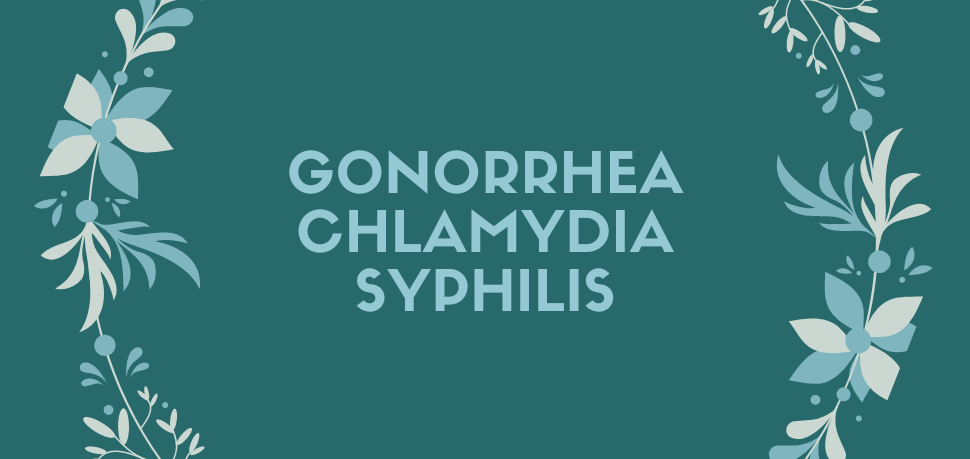Gonorrhea Chlamydia Syphilis

Chlamydia is the most common Sexually Transmitted Infection (STI) reported in the United States. Nearly two-thirds of new infections occur in the 15-24 year old age group. According to the Centers for Disease Control and Prevention (CDC), the prevalence of chlamydia in 14-24 year old sexually active women is estimated to be 1 in 20. Chlamydia is contracted through sexual contact with someone who is infected. This can be through vaginal, oral, or rectal intercourse. It can also be spread to an infant at time of birth by a mother who is untreated.
Chlamydia is more prominent in high risk populations. Anyone who is sexually active is at risk for contracting chlamydia especially if they are in a new relationship or are sexually active with multiple partners. Only 5-30% of women with chlamydia will develop symptoms. Symptoms often won’t develop until several weeks after exposure. Chlamydia symptoms include, purulent vaginal discharge, bleeding with intercourse, and also symptoms similar to a Urinary Tract Infection (UTI) such as pain with urination and/or urinary frequency. When the infection spreads from the cervix to the uterus or fallopian tubes symptoms can include, pain with intercourse, chronic pelvic pain, fever, and/or lower abdominal tenderness. If Chlamydia spreads to the uterus or fallopian tubes women have an increased risk of developing Pelvic Inflammatory Disease (PID), infertility, or an ectopic pregnancy. If chlamydia is contracted through rectal intercourse then the symptoms can include rectal pain, discharge from the rectum, and rectal bleeding. Only 10% of men will have symptoms and those include inflammation of the urethra, pain with urination, and mucoid/watery discharge. (It is important to note according to the CDC, even though chlamydia can also be found in the throats of men and women it is not thought to be a main cause of throat infections.)
It is recommended that if you are at high risk of an STI or have noticed any of the above mentioned symptoms that you present to your healthcare provider for STI testing. Chlamydia can be tested either with a vaginal swab or by submitting a urine sample. Chlamydia is easily treated with a course of antibiotics. It is important to abstain from intercourse for at least 7 days after treatment and have any recent partners tested and treated for chlamydia. Some providers recommend you abstain until you return to the office in 3 weeks to be retested to ensure you test negative. The CDC also recommends a repeat test in 3 months as reinfection is common.
The best way to avoid getting chlamydia is through abstinence or remaining in a long-term monogamous relationship. Using male latex condoms consistently can reduce your risk. It is prudent to consider STI testing each time you are sexually active with a new partner to avoid the risk of long term consequences from untreated chlamydia infections.
Antoinette Ferry, APRN

SHARE